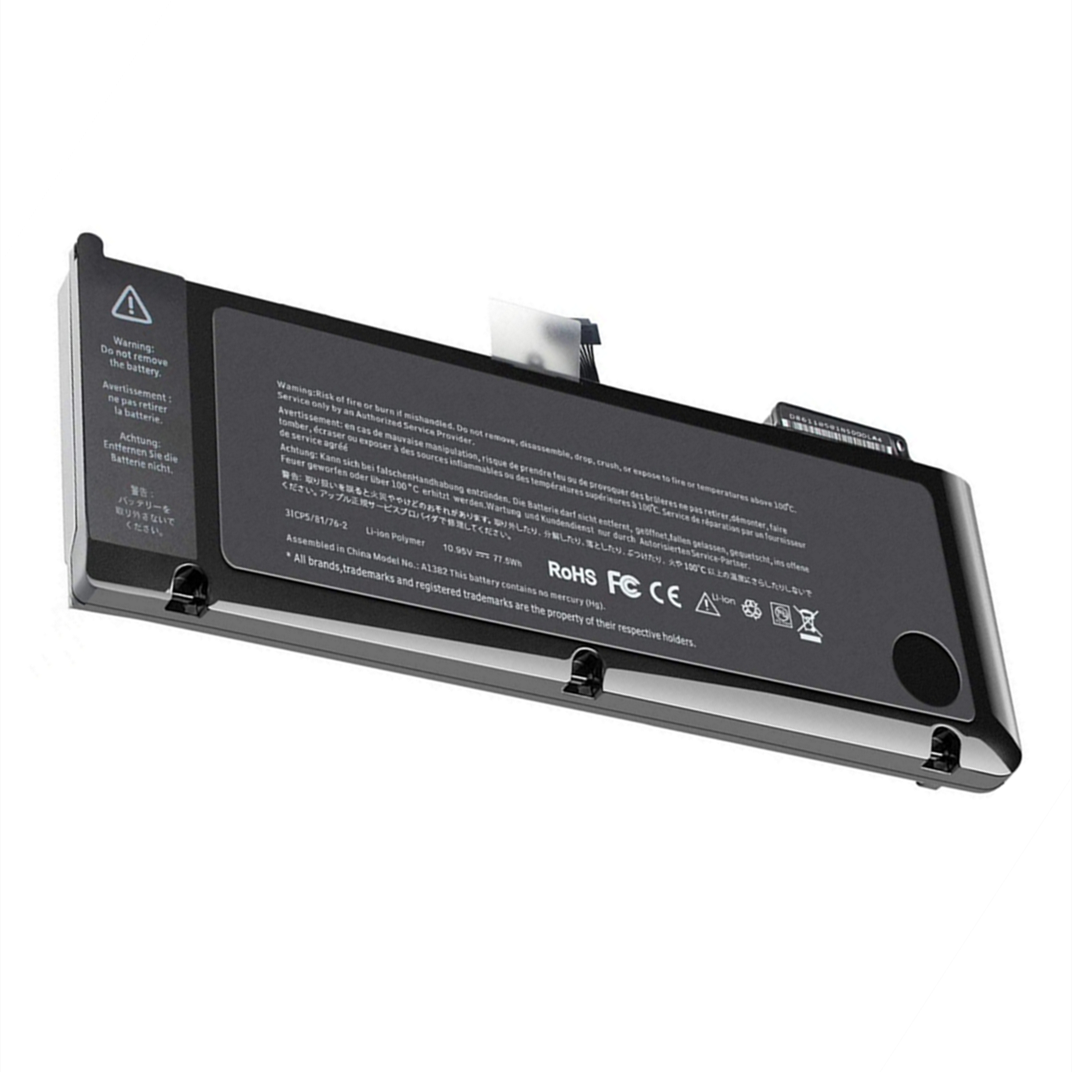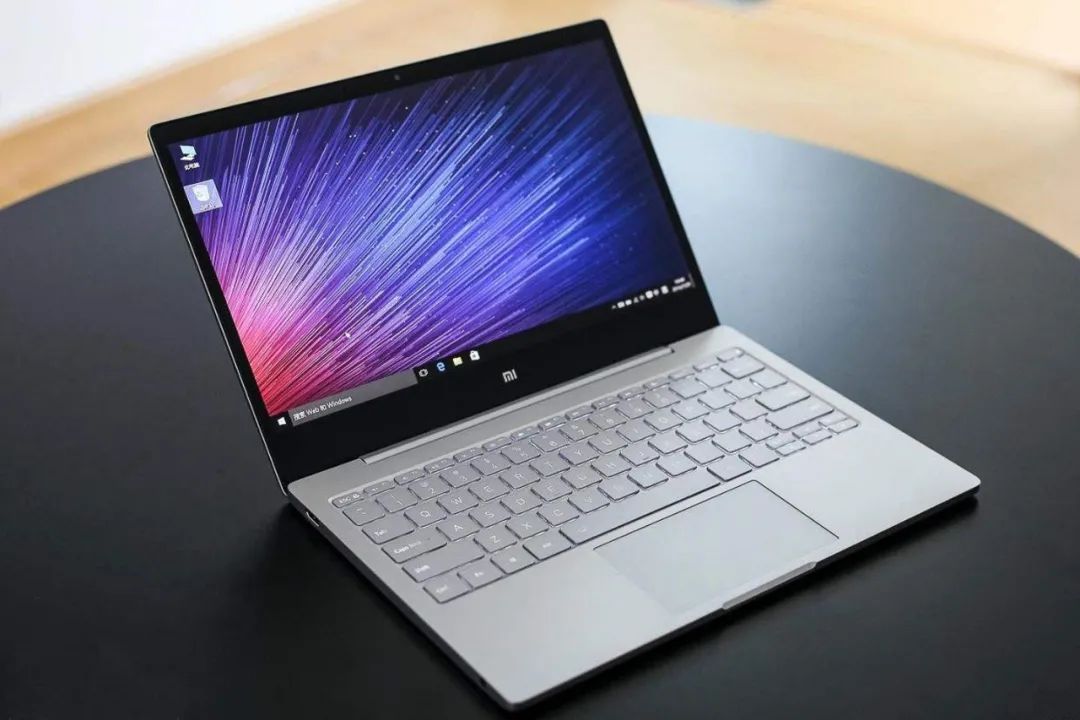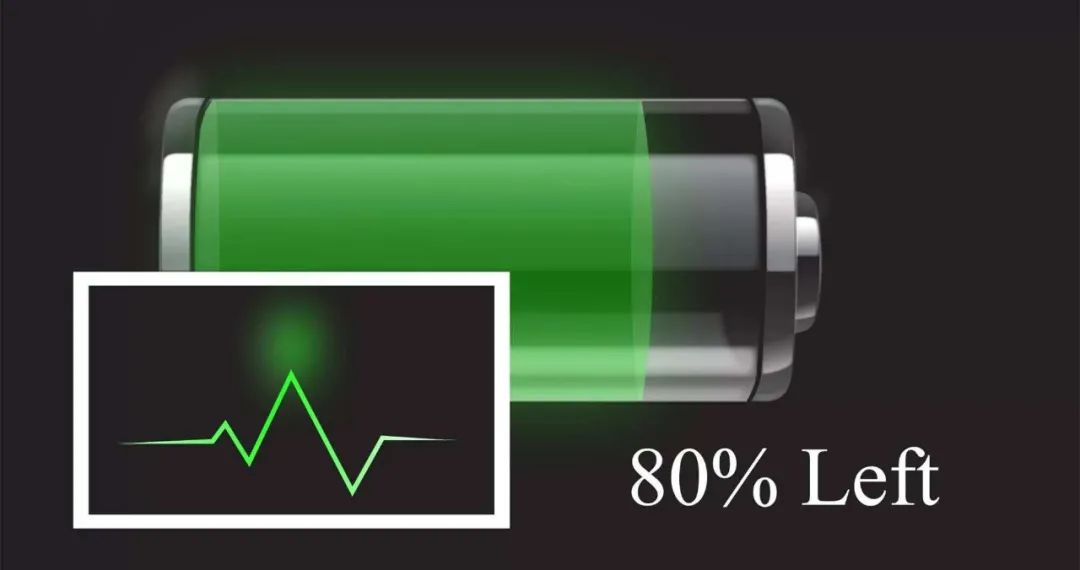Many people know that batteries have a lifetime, and laptops are no exception. In fact, the daily use of notebook batteries is very simple. Next, I will introduce it in detail.
Factors affecting battery life:
We should first understand which use methods will damage the battery life. Undervoltage, overvoltage, overcurrent, storage passivation, high and low temperature, and charge discharge aging are all important incentives to reduce battery life.
Use automatic shutdown to recharge?
Under voltage, over-voltage and over-current will damage the battery and reduce the battery life due to unstable voltage of power adapter or power supply terminal during battery charging and discharging.
Storage passivation means that the battery is fully charged and placed for a long time, which leads to the decline of lithium ion activity in the cell, and the battery performance is compromised. Long term high or low temperature environment will also affect the lithium ion activity, reducing battery life.
The charge discharge aging is easy to understand. Under normal use, one charge cycle will cause the battery to gradually age. As for the aging speed, it depends on the battery quality and the manufacturer’s balance of battery capacity and charging speed. Generally, it is consistent with the product life cycle, which is unavoidable.
The most popular statements about the use of notebook computer batteries: “The first charge must be fully charged”, “the automatic shutdown must be used to recharge”… Due to the existence of battery memory effect, these statements remain correct in the NiMH battery era.
Now, almost all electronic products on the market are equipped with lithium batteries, and the battery memory effect can be ignored, so it is unnecessary to fill the new notebook for more than 12 hours.
As for the use of power off and recharging, it is not applicable to lithium ion batteries. Lithium ion needs to remain active at all times. Frequent power consumption until power off will damage the lithium ion activity and affect the endurance of this book.
Therefore, charging as you use and not using up the electricity are the correct way of use, which is called “Don’t starve to death”.
Can’t be plugged in for a long time?
Some people do not connect to the power supply and use the newly bought laptop to play games with special cards! This is because when using the battery, the notebook will automatically be in the energy-saving mode, limiting the frequency of CPU, video card and other hardware, preventing the battery from being damaged by excessive voltage demand, and extending the battery life. Of course, the game screen will be stuck!
Nowadays, notebooks are equipped with power management chips, which automatically cut off the power supply to the battery when the battery is charged to the “100%” full state. Therefore, using the notebook with power connected for a long time will not cause serious damage to the battery.
However, a long-term 100% full charge will also reduce the service life of the notebook battery. A long-term full charge will cause the battery to be in the storage state and never be used. The lithium ion in the battery cell is in a relatively static state and has no chance to become active. If it is “passivated” in the long run, it will cause irreversible damage to the battery life if the use environment has poor heat dissipation.
Therefore, it is OK to connect the laptop to the power supply for a long time, but this time should not be too long. You can actively consume the battery every two weeks or one month, and then fully charge the battery. This is the so-called “regular activities”!
Post time: Dec-29-2022




